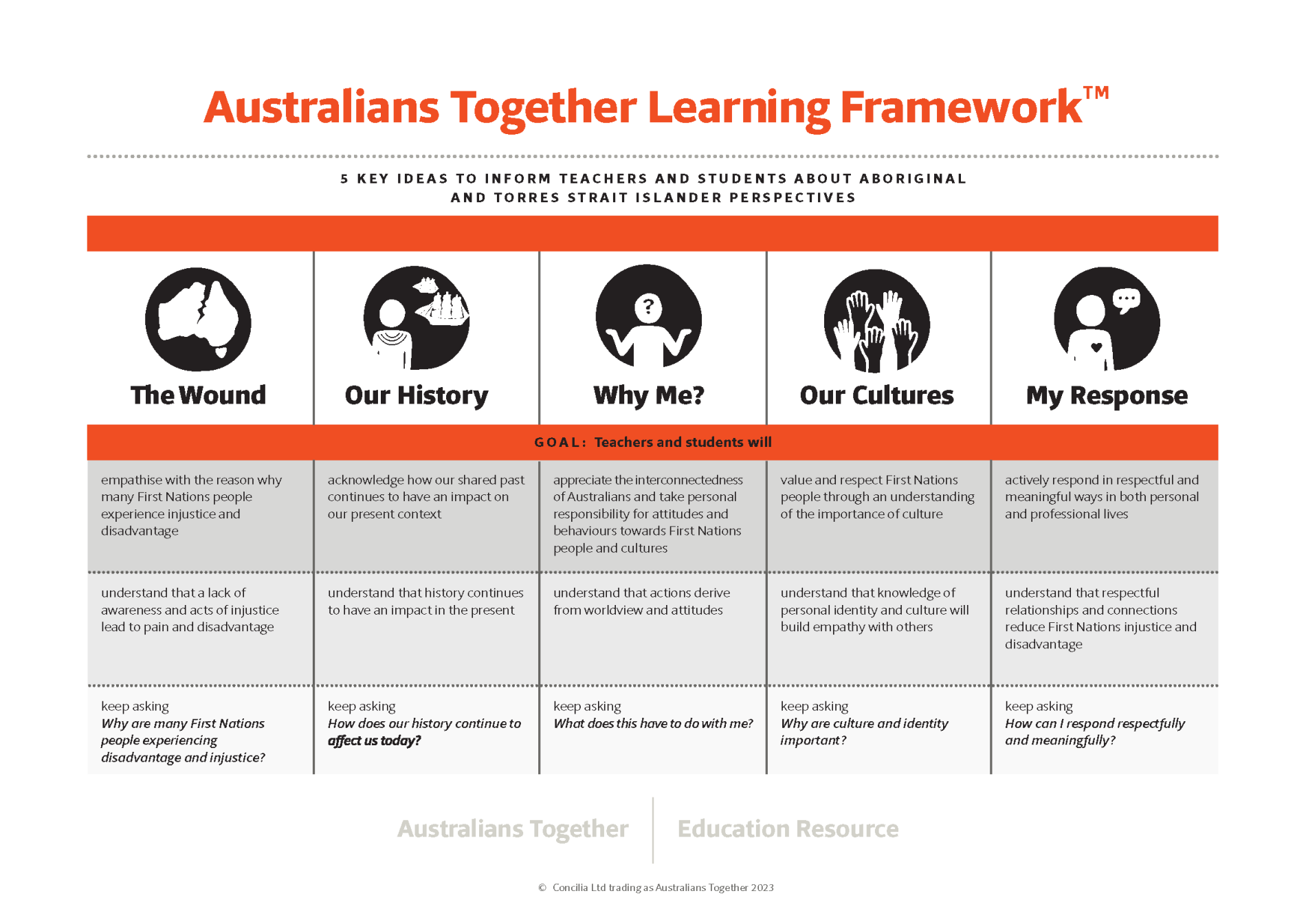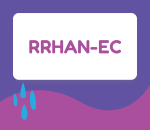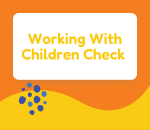Celebrating NAIDOC Week in Early Childhood Education and Care
NAIDOC Week is a significant event in Australia that honours and celebrates the history, culture, and achievements of Aboriginal and Torres Strait Islander peoples. As an important observance in the country, it holds particular significance within the Early Childhood Education and Care (ECEC) setting. In this blog, we will explore what NAIDOC Week is, why…
NAIDOC Week is a significant event in Australia that honours and celebrates the history, culture, and achievements of Aboriginal and Torres Strait Islander peoples. As an important observance in the country, it holds particular significance within the Early Childhood Education and Care (ECEC) setting. In this blog, we will explore what NAIDOC Week is, why it is important to learn about it in an ECEC setting and provide a fun activity to engage children in this meaningful celebration.
Understanding NAIDOC Week
NAIDOC stands for the National Aborigines and Islanders Day Observance Committee, and NAIDOC Week is an annual event in Australia in early July. The week provides an opportunity for all Australians to come together and recognise the rich cultural heritage, contributions, and achievements of Aboriginal and Torres Strait Islander peoples.
Importance in an ECEC Setting
- Respect for Indigenous Cultures: Learning about NAIDOC Week fosters respect, understanding, and appreciation for the diverse cultures and traditions of Aboriginal and Torres Strait Islander peoples. It helps young children understand the importance of cultural diversity and promotes inclusivity within the ECEC setting.
- Connection to the Land: NAIDOC Week highlights Aboriginal and Torres Strait Islander peoples’ deep connection with the land, emphasising the importance of sustainability and environmental stewardship. Teaching children about this connection encourages them to develop a love and respect for the natural world.
- Reconciliation and Healing: NAIDOC Week serves as a platform to address the history of colonisation, promote reconciliation, and work towards healing the past. By engaging in activities and discussions around NAIDOC Week, children can learn about the impacts of colonisation and develop empathy, compassion, and a sense of social justice.
- Appreciating Indigenous Art and Storytelling: Aboriginal and Torres Strait Islander art and storytelling are integral to their cultures. Exploring these artistic expressions during NAIDOC Week allows children to appreciate the beauty and richness of Indigenous art forms. It encourages creativity and self-expression while promoting cultural awareness.
Australians Together Learning Framework
Immerse yourself in the Australians Together Learning Framework and discover an extensive range of First Nations narratives, engaging activities, valuable resources, and beyond. Visit Australians Together | Download Learning Framework PDF
Materials:
- Large roll of paper or a big cardboard sheet
- Paints, crayons, or markers
- Brushes, sponges, or fingers for painting
- Aboriginal symbols guide (can be found online)
- Indigenous storybook or resources (optional)
Instructions:
- Start by discussing the concept of Dreamtime stories and their importance in Aboriginal culture. Use resources like books or online materials to introduce children to a Dreamtime story or a creation narrative.
- Lay out the large roll of paper or cardboard and invite children to collaborate in creating a Dreamtime Story Mural. Encourage them to use paints, crayons, or markers to depict scenes from the story or create their own imaginative designs.
- Provide Aboriginal symbols guides to assist children in incorporating authentic symbols and patterns into their artwork. Explain the meaning behind some symbols and encourage children to include them in their artwork.
- As children work on the mural, engage in discussions about the story, the importance of storytelling in Aboriginal culture, and the significance of the symbols used.
- Once completed, display the Dreamtime Story Mural in a prominent place within the ECEC setting, allowing children and visitors to appreciate and learn from it throughout NAIDOC Week and beyond.
Conclusion
NAIDOC Week provides a valuable opportunity for Early Childhood Education and Care settings to celebrate and learn about Aboriginal and Torres Strait Islander cultures. Educators can engage children in meaningful experiences that promote cultural understanding, respect, and appreciation by incorporating activities like the Dreamtime Story Mural. Embracing NAIDOC Week






